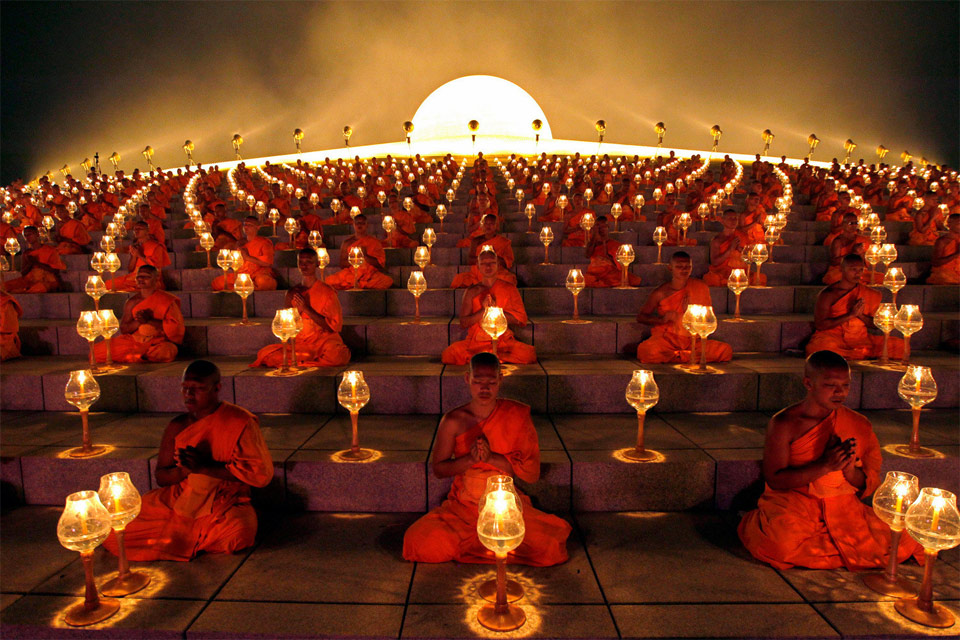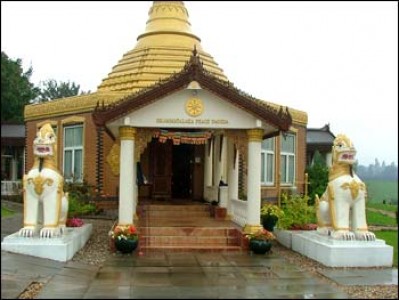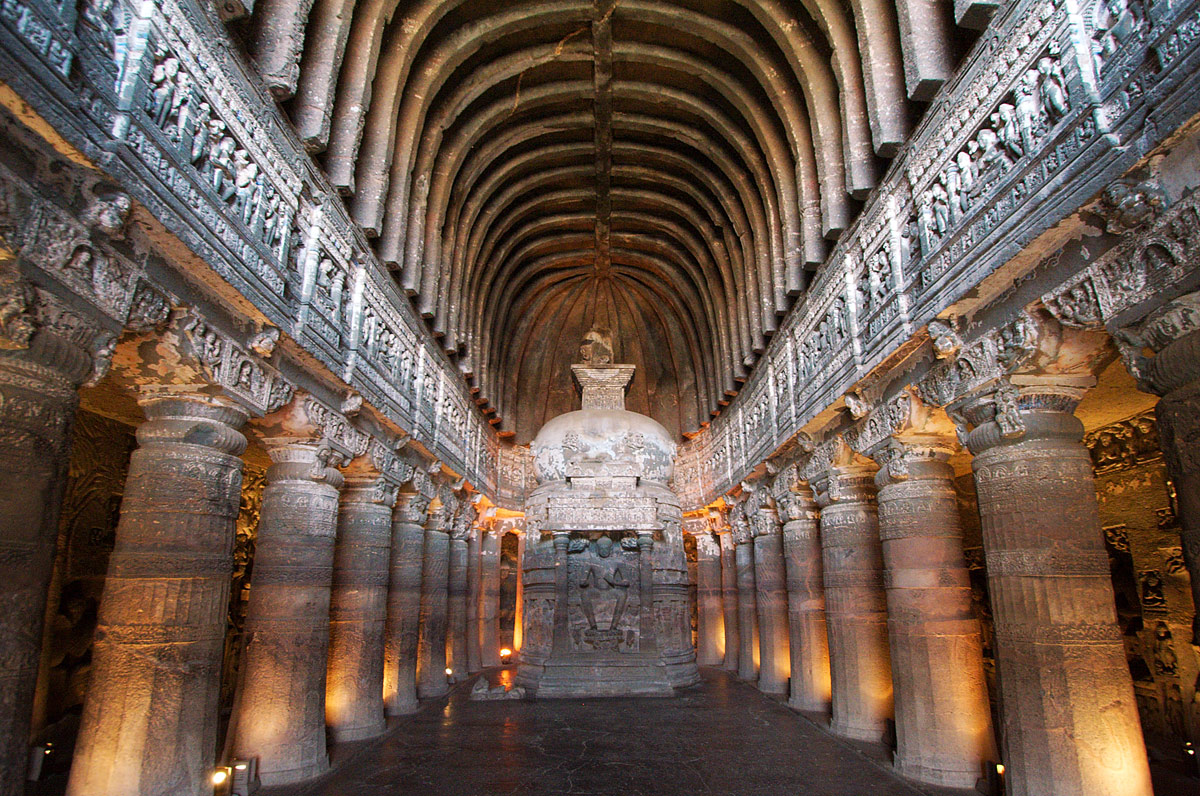Difference Between Vihara and Chaitya

These two words are associated with the temple architecture in South Asia but hold different meanings in every context. Chaitya is used for halls that enclose the stupas or the halls where pilgrims pray while Vihara is a word used for the constructions built for wandering Buddhist monks. To learn more about Vihara and Chaitya keep reading the article.
Instructions
-
1
Vihara
This word originally meant 'a secluded place in which to walk' which was used in reference to wandering monks. In the early decades Buddhists in India did not have a permanent place; they used to keep moving from one place to the other like gypsies and hence this word got related to them. With time, the locals started constructing resting places for these monks where they would come and settle for a while. These constructions became known as Viharas. They were first made of wood but later on other styles were also adopted. Some of these Viharas looked like huts and later were converted into learning institutions for monks, teaching them about Buddhism.
Nalanda which is known as the great place for learning is believed to be once a Vihara that was mainly built for the purpose of providing a shelter to the wandering monks. It is also believed that the name of the Indian state of Bihar was derived from Vihara.
Many Viharas were constructed in trade-routes which saw donations coming in by traders using the routes. Because of these healthy donations the financial position of these Viharas improved dramatically.
The name of the Viharas was not changed even after these places were converted into monasteries.
Image Courtesy: bbc.co.uk

-
2
Chaitya
A Chaitya is a prayer hall that houses a stupa. These were built in order to accommodate large number of devotees gathered to pray.
Chaityas, in the early decades, were made with wood but later other styles of construction were also introduced bringing some staggering changes in their overall look.
In Maharashtra, one can find a number of ancient Buddhist Chaityas which are unique and elegant.
Rock-cut chaityas are also very common and abundantly found in areas with thick Buddhist communities. Architecturally, the Chaityas seem influenced by the Roman concept of design, having arch and column. Many such structures were built by the monks by curving a single rock with bare hands. Such structures are also known as cave temples.
According to some estimates, around 1200 of these cave temples were built in India.
Image Courtesy: wondermondo.com








